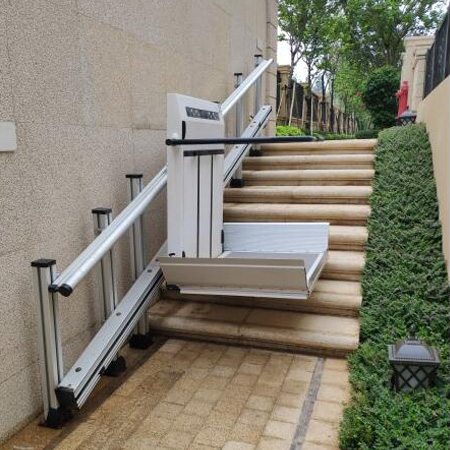
Inclined wheelchair lifts, also known as stair lifts, provide a safe and convenient way for individuals with mobility issues to access different levels of a building. These lifts are installed on staircases and can carry a wheelchair and its occupant up and down the stairs. There are several advantages to using inclined wheelchair lifts, which make them a popular choice for both residential and commercial settings.
One of the main advantages of inclined wheelchair lifts is that they provide accessibility to individuals with limited mobility. By using these lifts, wheelchair users can easily navigate stairs without having to rely on others for assistance. This independence is empowering and allows individuals to move freely throughout their home or building.
Inclined wheelchair lifts are designed with safety features to ensure a smooth and secure ride. These features may include seat belts, safety sensors, emergency stop buttons, and backup power systems. These safety measures help to prevent accidents and keep users protected during transportation.
Inclined wheelchair lifts are a space-saving solution for buildings with limited space or narrow staircases. Unlike traditional elevators or vertical platform lifts, inclined lifts take up minimal space on the stairs and do not require extensive modifications to the building’s structure.
Inclined wheelchair lifts come in a variety of designs and configurations to meet the specific needs of each user. Lifts can be customized with different seat options, colors, and finishes to complement the existing décor of the building.
Inclined wheelchair lifts are relatively easy to install compared to other accessibility solutions. They can be installed on straight or curved staircases without the need for major construction work. This makes them a convenient option for retrofitting existing buildings.
